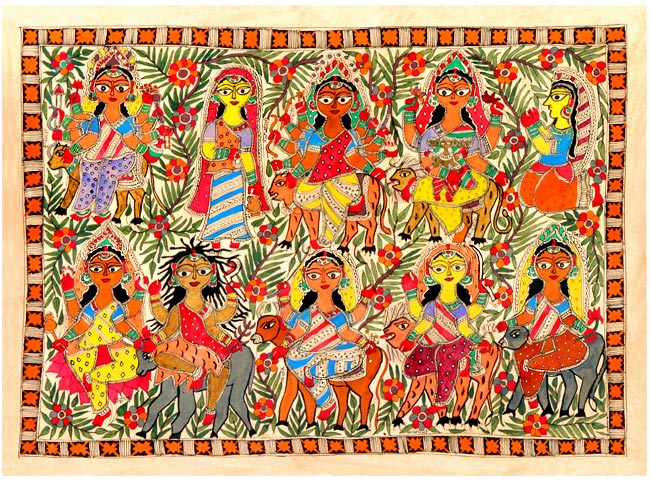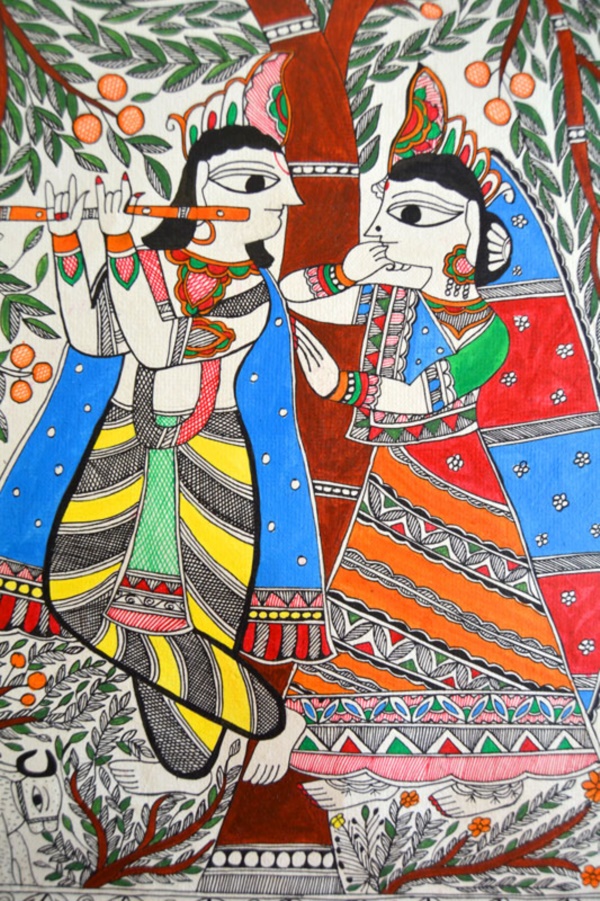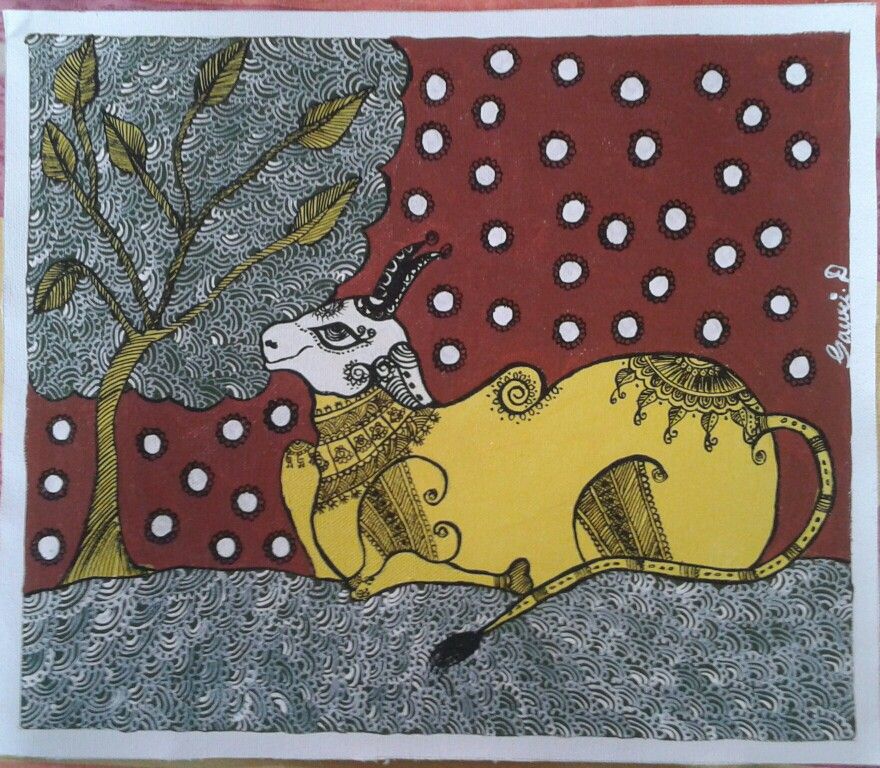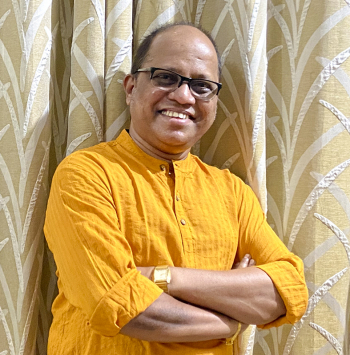
Every nation has its legacy with respect to its culture, tradition, and art. India is no different.
Infact, a plethora of traditional Indian art forms still continues to awestruck the art lovers.
One such art form is the famous Madhubani paintings or Mithila paintings.
Started from the Mithila region of Bihar (North India), the Madhubani paintings are said to have their origin way back to the times of Ramayana (Hindu religious epic).
It is said that King Janak was preparing for the marriage of his daughter Sita to Lord Rama. Janak then ordered all the artists of the region to adorn the walls of the palace with beautiful artwork.
Thus the birth of Madhubani Paintings!
During the traditional times, women used to craft mesmerising patterns of Madhubani art on the walls of huts in the village. It was a custom that was believed to bring luck and prosperity to the newlyweds.
The subject matter of the Madhubani Paintings were mainly the Hindu deities. Artists used to depict the tales of religious characters/Gods such as Krishna, Rama, Durga, Shiva, Saraswati, and Durga.
In addition to this, artists also utilised the natural themes exhibiting Sun, Moon, Tulsi (religious plant) and so on.
Few of the Madhubani paintings also showcased the scenes from the royal court proceedings from that time and the events such as the wedding.
You won’t be able to find a minutest empty space in the Madhubani paintings. If there was any gap left, artists used to fill the void by depicting dazzling flowers, birds, geometric patterns and animals.
Read More: Madhubani Traditional Indian Art- Unveiling Some Intriguing Facts
Types of Madhubani Paintings
Typically, there are three kinds of Madhubani Paintings:
Kayastha

This special form of Madhubani art is supposed to depict the characteristics such as fertility and life. These types of Madhubani Paintings can be seen on the wall art of Kohbar Ghar (The Nuptial Chamber).
Artists that used to craft this form ensured to utilise only a solo colour throughout when craved on the paper. This was the distinctive aspect of the Kayastha style of painting.
Bharni

The main subject matter of such paintings were the stories and life events from the religious epics of Hindu deities such as Krishna, Durga, Kali, and Vishnu.
Tatoo

Jamuna Devi, is known as the first dalit (scheduled caste) who actually started her hand on art. It was the tatoo form of Madubani art that drew her attention.
These types of paintings generally depicted the stories of King Rajesh, Moon, Sun, and Rahu.
Eye-catching attributes of Madhubani art
Since Madhubani paintings are one of the few traditional art forms that stood the test of the time and still prevails, I feel obliged to share some of its scintillating features:
- Nowadays, these paintings are done on cotton or silk or on canvas.
- These paintings were generated using brushes, fingers, twigs, pen-nibs and other material that was made from bamboo sticks.
- These paintings were made using the natural colours that were sourced from the paste of powdered rice, natural dyes, and plants.
- This astonishing art form is passed on from one generation to another and has believed to be around thousands of years old.





















